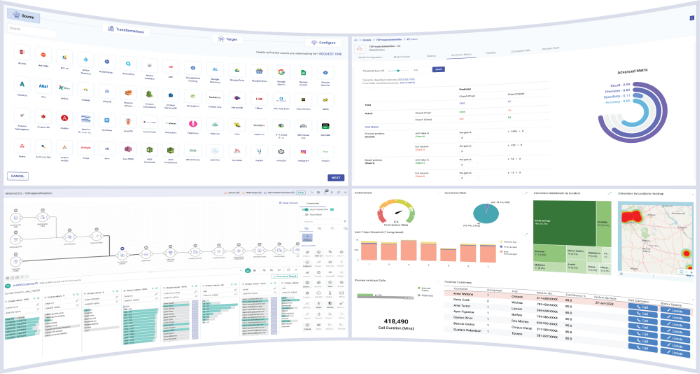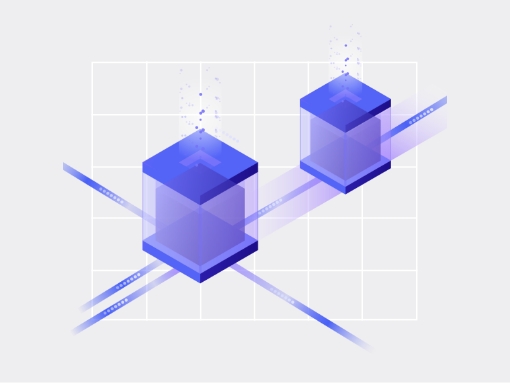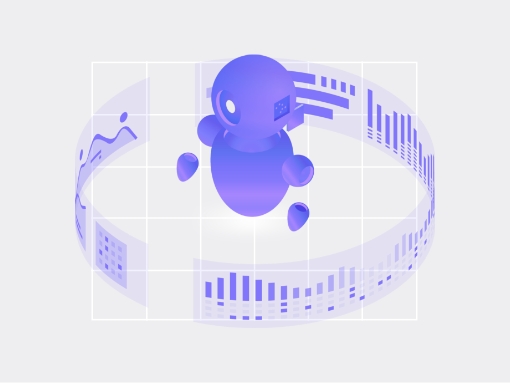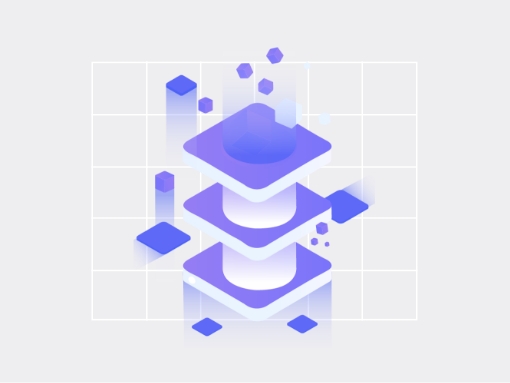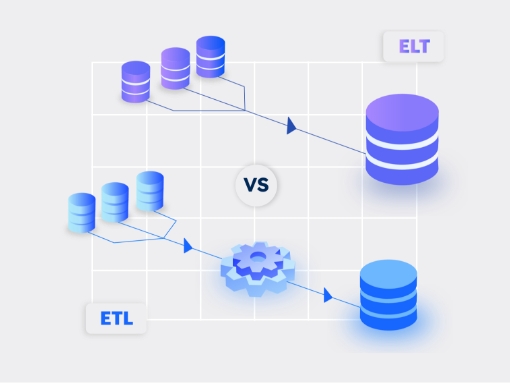Businesses are struggling with huge volumes of data to solve complex business problems while relying on their legacy data platform infrastructure. However, traditional ETL tools that were designed two decades ago are not equipped to solve the business problems of 2020.
Challenges with traditional ETL Tools:
- Costly
- Non-flexible
- Non-scalable
- Built for on-premise
- Cannot transform before landing
To address these challenges, enterprises are looking to transform their ETL workloads from legacy data warehouses to the cloud. The trend has gathered momentum in recent times. According to Forbes, 80% of the data warehouse tools used by organizations are now cloud-based versus on-premise.
Modern ETL tools have evolved as an obvious choice as they come packed with features to extract value from huge datasets. These tools offer the following advantages:
- Performant
- Resilient
- Scalable
- Intuitive
- Secure and compliant
- End-to-end data processing and analytics
How Gathr fits the bill?
Gathr is a modern data platform that lets you easily create batch and streaming ETL pipelines using drag-and-drop operators on a visual IDE. Gathr has a wide array of built-in operators for data sources, transformations, machine learning, and data sinks. It allows you to run your workloads on a distributed cloud environment with support for a wide variety of cloud-native operators.
Migrating traditional ETL jobs to Gathr
Gathr not only provides the most cutting-edge environment to run your migrated ETL jobs but also helps in migrating ETL jobs in three-steps:

Step 1 – Assessment
Assessment is an important step to enable the following:
- Highlight differences between the source and target systems
- Examples of source system logic recreated in the target system
- Stakeholder sign-off
Step 2 – Conversion
Conversion involves moving the existing ETL logic to the target system. Traditional ETL workloads are transformed into Spark-based distributed workflows to be executed on Gathr.
Step 3 – Validation
Ensuring a successful migration is crucial for business continuity. Gathr’s validation capability ensures all the existing workloads are successfully migrated, and there are no gaps in logic that can result in loss of data when jobs are executed in the new environment.
Benefits of using Gathr for migration
- Drastically reduced migration efforts
- Increase in developer productivity
- Automated validation
- One-to-one mapping of existing workflows
To know more about how to migrate from traditional ETL workloads to distributed Spark-based workflows in Gathr, write to us at contact@gathr.one
Recent Posts
View more postsBlog
Blog
Blog
Blog





